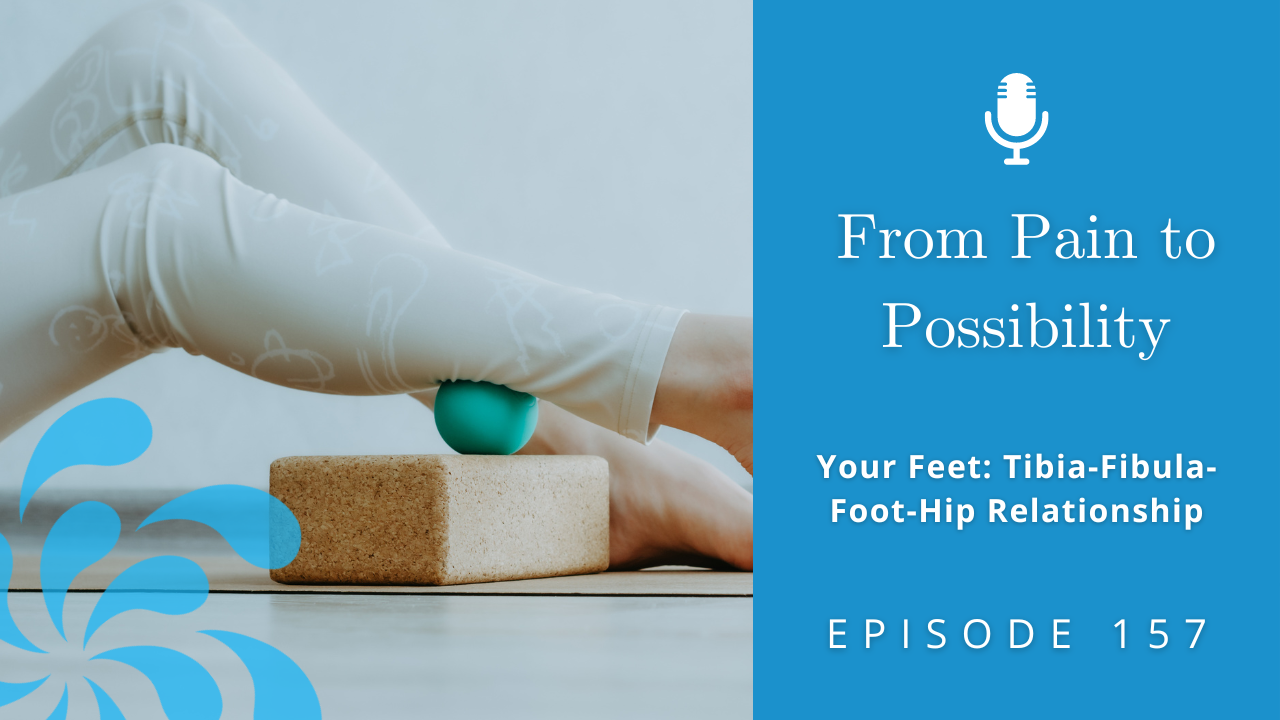The idea of this miniseries is to highlight something that I find tends to be missing out there in the world of rehabilitation, corrective exercise, and yoga therapy.
There is a lot of great information on the foot itself and the lower part of the limb, but this starts to fizzle off when we look at the whole kinetic chain.
In this episode, I’m digging deeper into the tibia and fibula relationship and their relationship with the foot before walking you through a practice to bring this to life.
Subscribe: Apple Podcasts | Spotify

